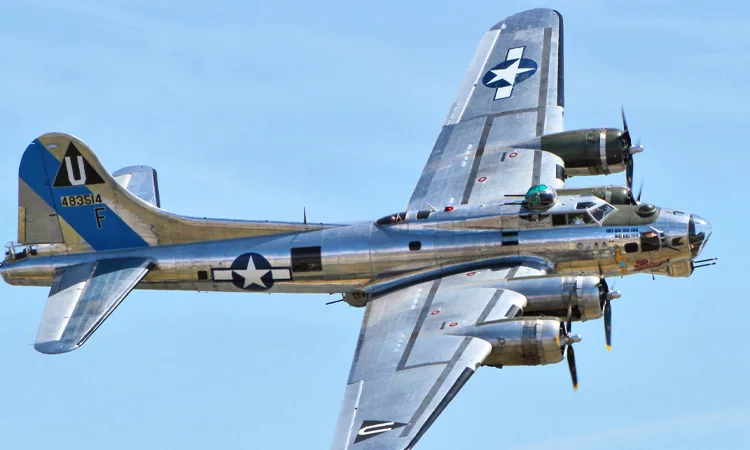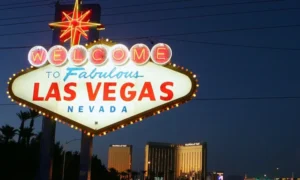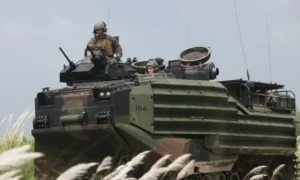Alright, picture this: the sky isn’t just some boring blue wallpaper it’s where everything went sideways, where history basically got punched in the face. WWII bombers? Forget calling them “planes,” that’s way too polite. These things were airborne monsters, pure chaos with wings. Cities? Gone overnight, like someone just hit delete. The B 29 Superfortress? That was less of a plane, more like an angry apartment complex flying around armed to the teeth. And the Mosquito? Slick, mean, buzzing around like it was out for revenge. These bad boys didn’t just drop bombs they nuked the whole playbook on how wars got fought. Total game changers, honestly.
At first, it was all about the fighters zipping around, dogfighting like something out of a comic book. But the game changed fast. Suddenly, countries wanted something that could punch through defenses, wreck factories, and freak out entire populations from hundreds of miles away. That’s where bombers swaggered in. Heavy, medium, didn’t matter if you saw one overhead, you knew your day was about to get a whole lot worse.
As the fighting dragged on, bombers became more than just machines they were icons, both terrifying and awe inspiring. Behind all that steel and noise, though, was a wild mix of innovation and guts. The crews? Seriously brave souls, flying straight into anti aircraft fire, hoping to make it back in one piece. The bombers themselves? They left scars on the land and in people’s memories, and honestly, their legend is still hanging around today in museums and old black and-white photos.
So, buckle up. Let’s jump into the wild, turbulent world of WWII bombers the sky giants that didn’t just fly, but totally rewrote what it meant to rule the air.
WWII Military Vehicles On Miltrade.com
Types of WW2 Bombers: Heavy, Medium, and Light Each with Its Own Legacy
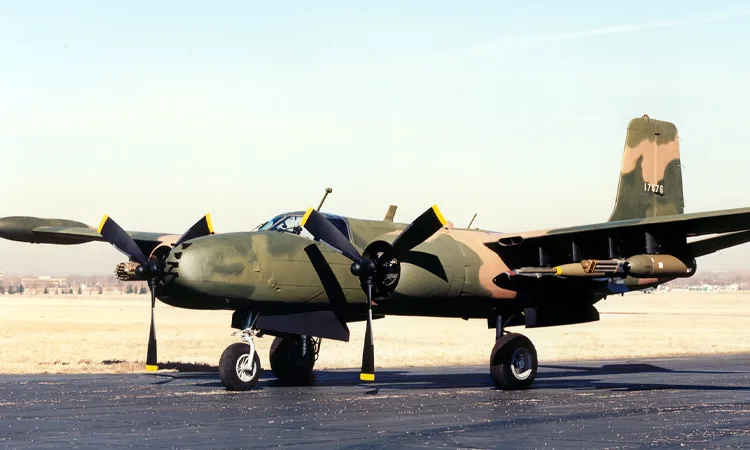
Not all bombers are cut from the same cloth, you know? World War II was basically an arms race in the sky different bombers for different jobs. Some were built to flatten entire cities, others to knock out a bridge or two, and a few just wanted to show off how fast they could go. Seriously, the variety is kinda wild. Let’s just dive into the headliners, the ones that made every kid want to build model planes.
Heavy Bombers: Big, Loud, and Absolutely Unmissable
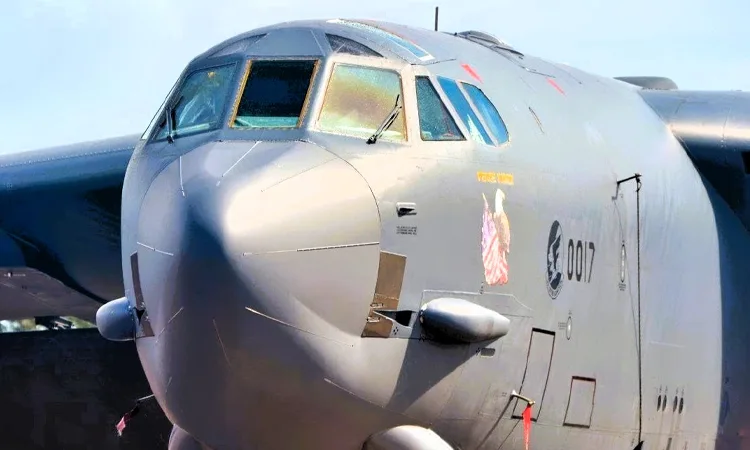
These were the real beasts. Think flying tanks, but with wings and way, way more bombs. They lumbered along, bristling with guns, and looked like they meant business because, honestly, they did.
B 17 Flying Fortress (USA)
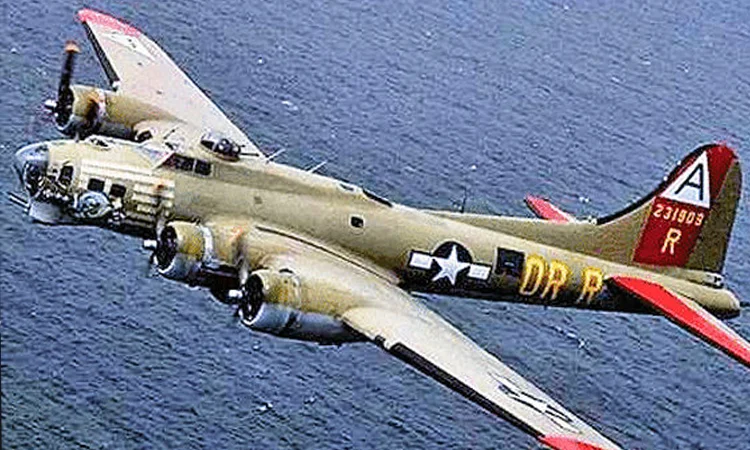
If you’ve ever seen a war movie, you’ve seen a B 17. This thing was like the quarterback of the Allied bombing game huge, tough, and not afraid to take a hit (or ten). Eight thousand pounds of bombs? No big deal. The “Flying Fortress” nickname wasn’t just for show; it was basically a porcupine with wings.
Lancaster Bomber (UK)
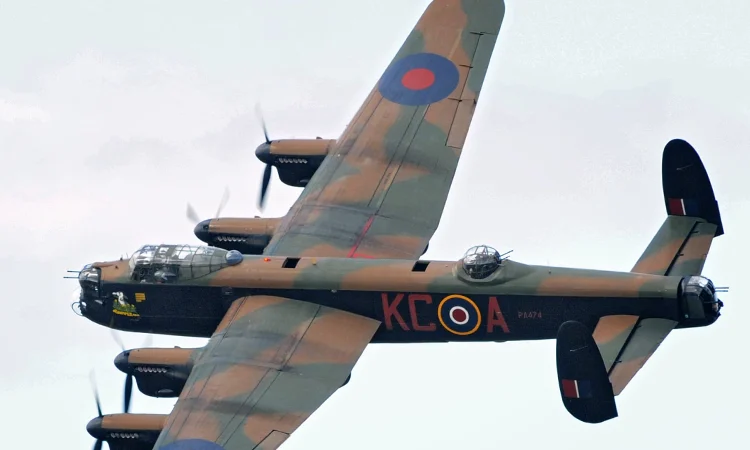
Britain’s answer to the B 17, but with even more sass. The Lancaster could lug the infamous “Grand Slam” bomb literally the biggest conventional bomb around at the time. Four engines, slick shape, and a knack for long hauls. If you wanted a city turned to rubble, this was your guy.
B 29 Superfortress (USA)
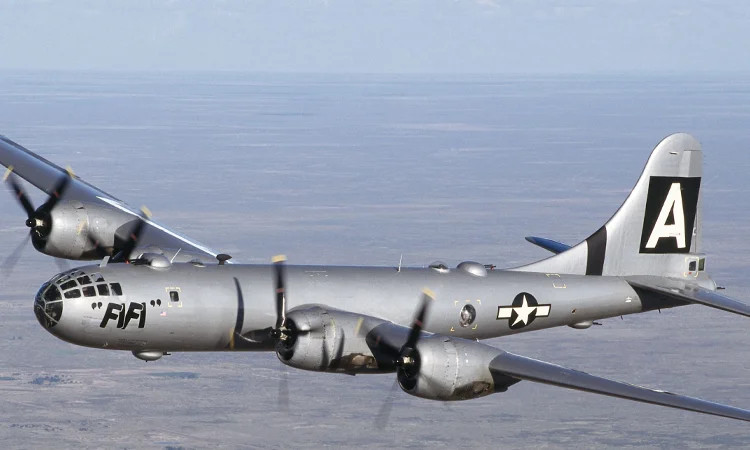
This one was next level. The B 29 dropped the atomic bombs on Japan, so, yeah, kind of a big deal. Pressurized cabins (fancy!), advanced tech, and enough range to fly halfway across the Pacific and back. When you wanted to bring the apocalypse, you called the B 29.
WWII Bomber Categories and Their Collector Relevance
| Bomber Type | Key Models | Main Role | Collectibility Insight |
|---|---|---|---|
| Heavy Bombers | B-17 Flying Fortress, Lancaster, B-29 Superfortress | Strategic long-range bombing | High flight jackets, turret parts, crew gear found on Miltrade |
| Medium Bombers | Heinkel He 111, B-25 Mitchell | Precision strikes, tactical support | Moderate Doolittle Raid relics highly sought after |
| Light Bombers | Mosquito, Petlyakov Pe-2 | Fast raids, reconnaissance | High rarer artifacts; Mosquito gear in demand |
| Jet Bombers | Arado Ar 234 | First jet bombing missions | Rare very collectible for advanced WW2 collections |
Medium Bombers: The Swiss Army Knives
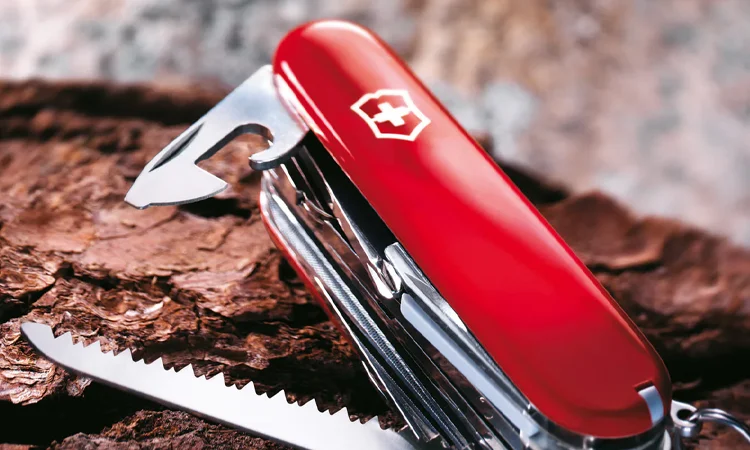
Not as chunky as the heavies, but quicker and surprisingly deadly. These planes were all about flexibility hit a bridge today, support ground troops tomorrow. They got the job done.
Heinkel He 111 (Germany)
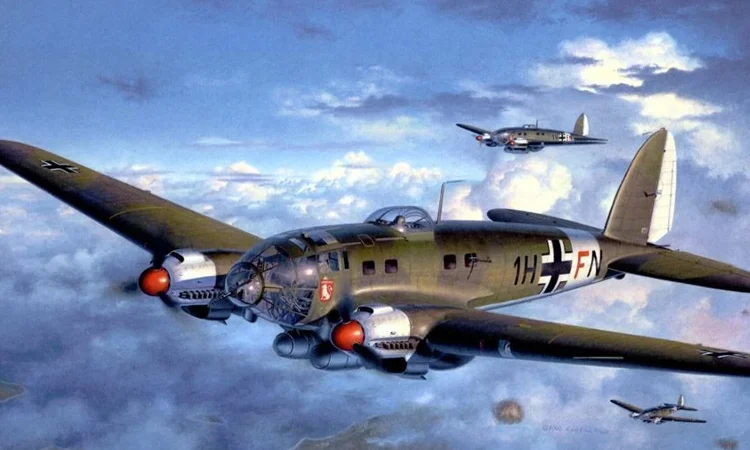
Germany’s go to bomber. Not the flashiest, but it did everything from blitzing London to backing up troops on the ground. It didn’t pack the heaviest punch, but it was everywhere kind of like that friend who shows up to every party.
B 25 Mitchell (USA)
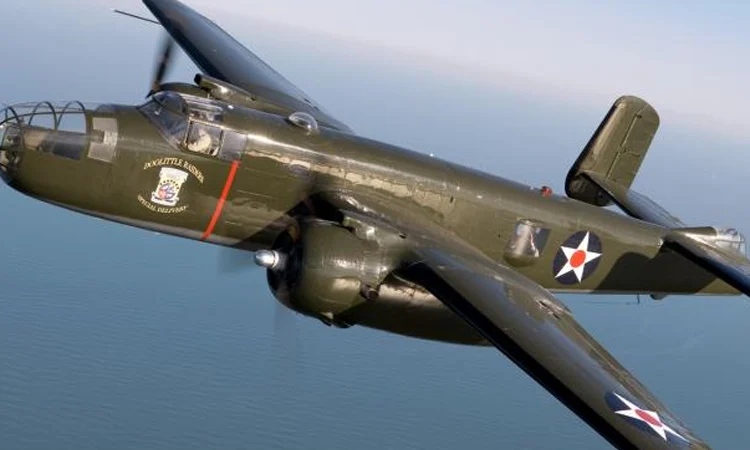
This one’s famous for the Doolittle Raid you know, the “let’s bomb Tokyo and freak everyone out” mission. Twin engines, not too big, not too small, just right for zipping in low and smacking targets in the face.
Light Bombers: Fast, Sneaky, and a Little Bit Weird
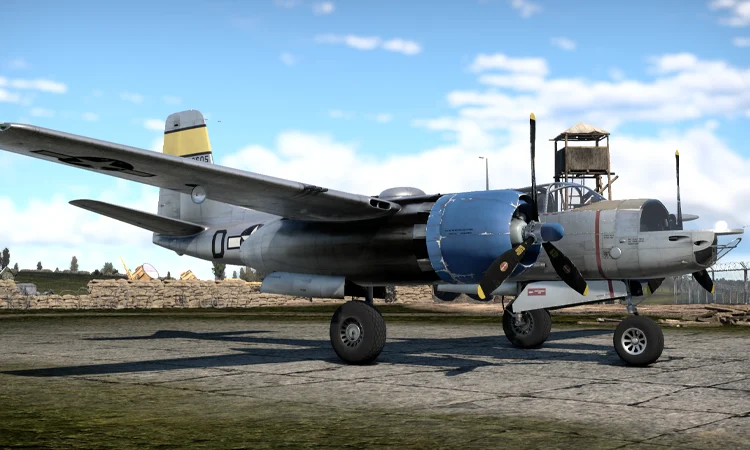
Light bombers were the speed demons. Not much room for bombs, but they could get in, hit their target, and scram before anyone knew what happened.
Mosquito (UK)
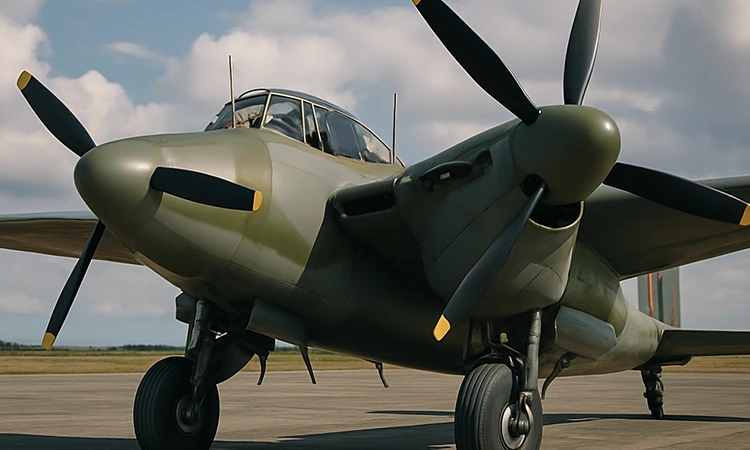
The “Wooden Wonder.” Not a joke it was actually made of plywood. Super light, insanely fast, and could do literally everything: night raids, spying, even dogfighting. If James Bond were a plane, he’d be a Mosquito.
Petlyakov Pe 2 (Soviet Union)
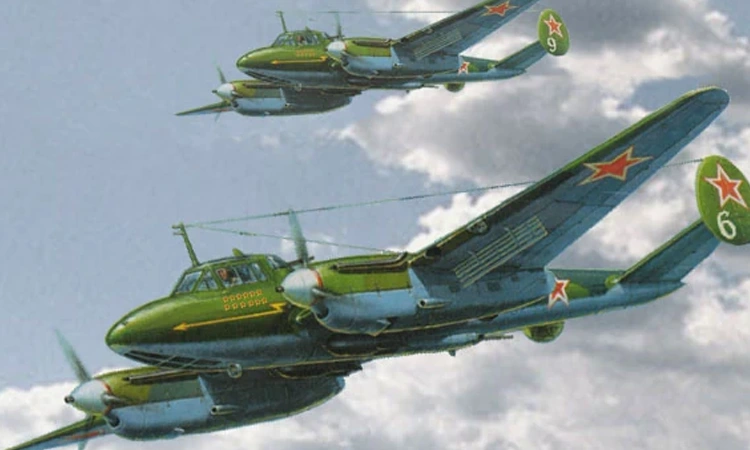
The Soviets’ answer to the Mosquito, more or less. Twin engines, nimble, and could handle just about any mission you threw at it. Perfect for those “hit and run” type jobs.
Jet Bombers: Welcome to the Future
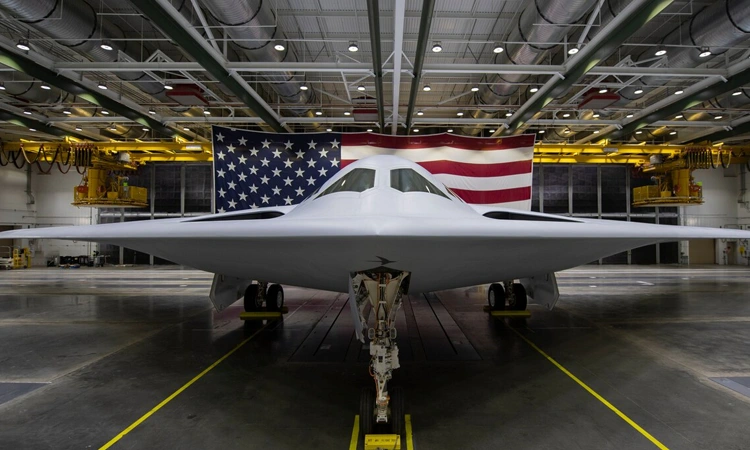
By the late war, jets started showing up, and everyone’s jaw kinda dropped. Suddenly, bombers were going twice as fast and flying higher than most fighters could catch.
Arado Ar 234 (Germany)
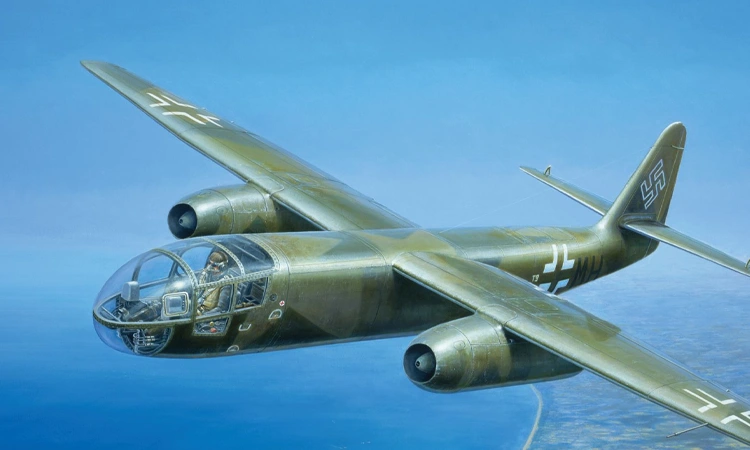
World’s first operational jet bomber. Didn’t see a ton of action, but still jet engines, 466 mph, and a look straight outta sci fi. If World War II had a sequel, this plane would’ve been the star.
Development and Design of Bombers
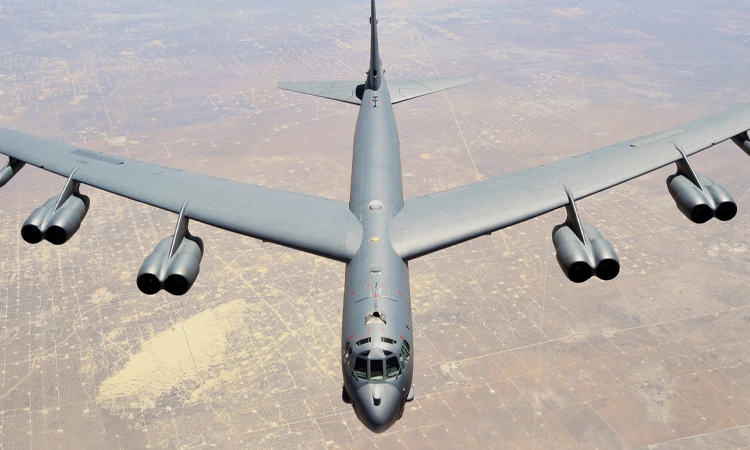
Alright, let’s get real bombers in WWII? That whole story is basically a wild sci fi race, just with a lot more grease, noise, and, well, existential dread. I mean, at the start of the war, you had these clunky biplane looking things. Picture the German Heinkel He 111 or the Vickers Wellington from Britain slow, not exactly nimble, and pilots had to basically eyeball it for navigation and bombing. Not exactly Top Gun material, ya know?
The Early Stages: Biplanes and the First Bombers
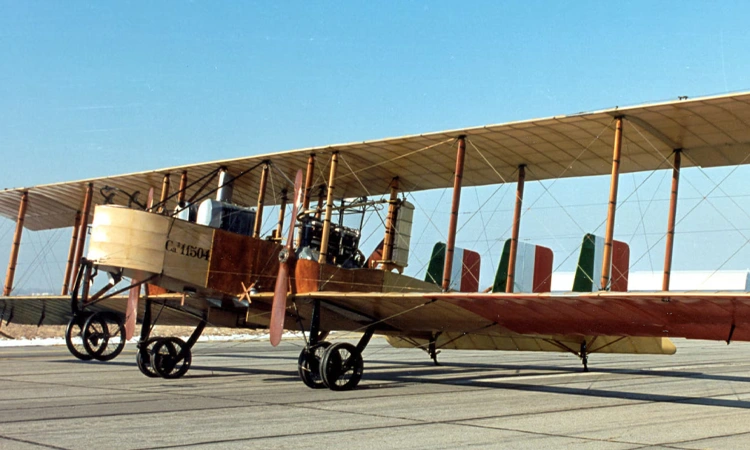
But things escalated fast. The generals realized, “Hey, we actually need to hit stuff that’s really far away and make a big mess.” So, boom out rolled the B 17 Flying Fortress and the Lancaster. Now we’re talking. These beasts could lug way more bombs over crazy long distances and were loaded with guns everywhere, like some kind of flying porcupine. The bodies got tougher, bomb bays got big enough to make your jaw drop, and suddenly “strategic bombing” was the name of the game.
Technological Advancements and the Birth of the Heavy Bombers
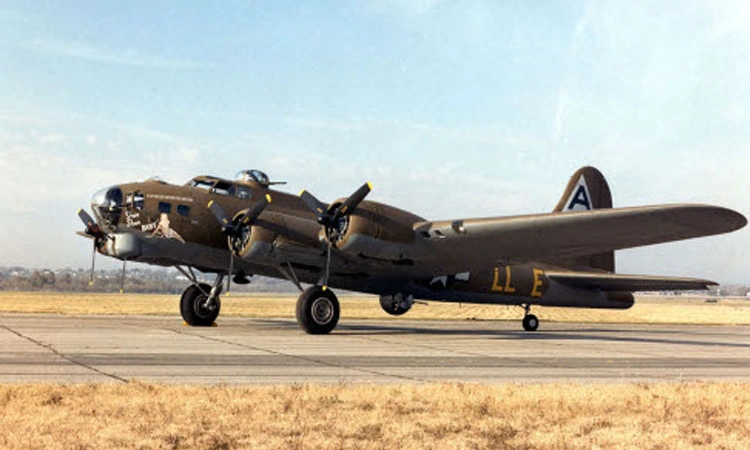
Then, by the mid ’40s, the transformation was just nuts. The B 29 Superfortress? That thing was straight out of the future. Pressurized cabins (so crews didn’t freeze or suffocate), four roaring engines, and gadgets like radar and automated gun turrets honestly, it sounds like a cheat code. They could bomb from the stratosphere, practically, and actually hit what they were aiming for (sometimes, anyway).
Design wise, they went from “let’s hope this thing makes it back” to “yeah, we’re going to cross an ocean, drop a ton of bombs, and still have snacks left for the trip home.” The engines? Monsters. Not just fast, but tough enough to out climb enemy flak and fighters. Basically, by the end of the war, bombers had turned into high tech, sky stalking juggernauts a far cry from those creaky biplanes limping through the clouds at the beginning.
The Role of Bombers in Military Strategy
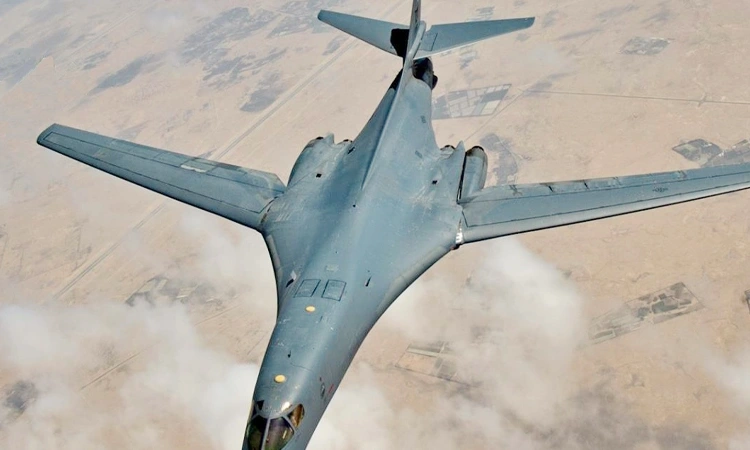
Bombers weren’t just flying machines chucking explosives they were basically the backbone of World War II’s big, messy game plan. The whole idea? Smash the other guy’s factories, railroads, and, honestly, just wreck their will to fight. Sometimes that meant flattening entire cities; other times, it was all about those nerve wracking raids on enemy airfields or factories. Both sides Allies and Axis were obsessed with these heavy hitters. If you wanted to win, you needed bombers. End of story.
Strategic Bombing Disrupting the Enemy’s Heartland
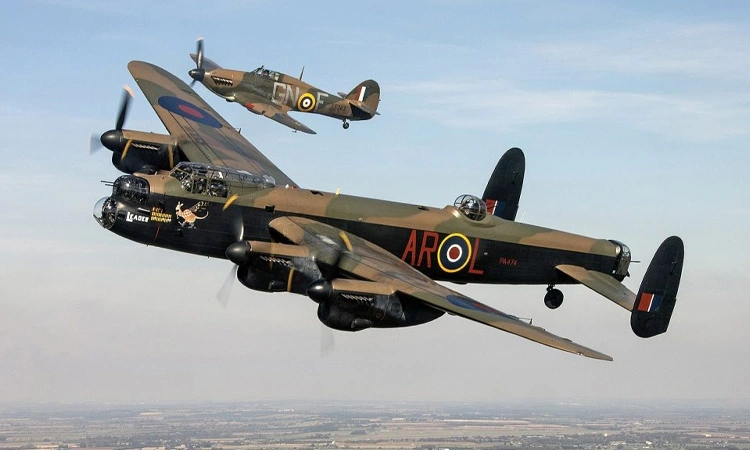
So, bombers especially the big, hulking heavy ones basically existed to blow up the enemy’s most important stuff. We’re talking factories, railroads, ammo dumps, you name it. The idea? Smash the other guy’s ability to keep fighting. Not exactly subtle, but hey, war rarely is.
Now, the Battle of Britain. The Germans sent wave after wave of bombers at British cities and factories, trying to scare everyone into giving up. Classic bully move. Thing is, the Brits weren’t having it. The RAF, with their scrappy fighters and some pretty cutting edge radar for the time, sent the Luftwaffe packing. Huge deal. Like, plot-twist level stuff in the war.
Then came the Blitz. Picture months of endless bombing London getting hammered night after night. The goal? Crush morale, force the Brits out of the war. Didn’t exactly work out. Yeah, a ton of people died and cities got wrecked, but honestly, it just made folks in Britain dig their heels in even deeper. Nothing like a common enemy to bring people together, right?
And then there’s Dresden in 1945. The Allies dropped so many bombs on the city that it basically turned into an inferno. Tens of thousands of civilians killed just brutal. People still argue about this one because Dresden wasn’t really a military hotspot. Was it about breaking German morale? Hitting whatever was left of their industry? Depends who you ask. Either way, it’s one of the most hotly debated chapters of the whole strategic bombing saga.
The Psychological and Moral Impact of Bombing
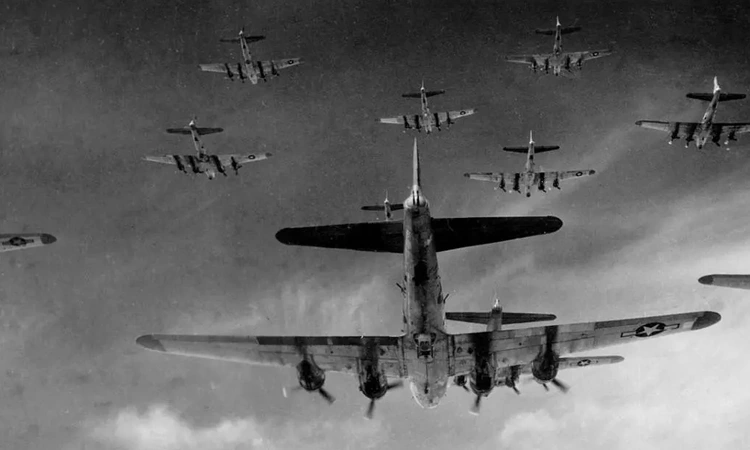
Bombers didn’t just trash buildings they seriously messed with people’s heads. Imagine lying awake at night, just waiting for the next raid siren, nerves shot to hell. Civilians and soldiers alike, it got to everyone. In Germany and Japan, those bombing runs? They kind of turned into this weird badge of “we’re still standing,” even as cities crumbled. The Allies, on the flip side, were basically banking on fear and chaos to wear down the Axis. Not exactly subtle, but hey, war.
And then there’s the Doolittle Raid in ’42. Honestly, it didn’t wreck much in Tokyo barely a dent. But wow, did it light a fire under American morale. Suddenly, folks back home could brag, “See? We can hit them too!” For the Japanese, it was like, “Wait, what? They can actually reach us?” Total game changer, at least in people’s heads. Funny how sometimes just making noise does more than actual destruction.
The Impact of Bombers on the End of the War
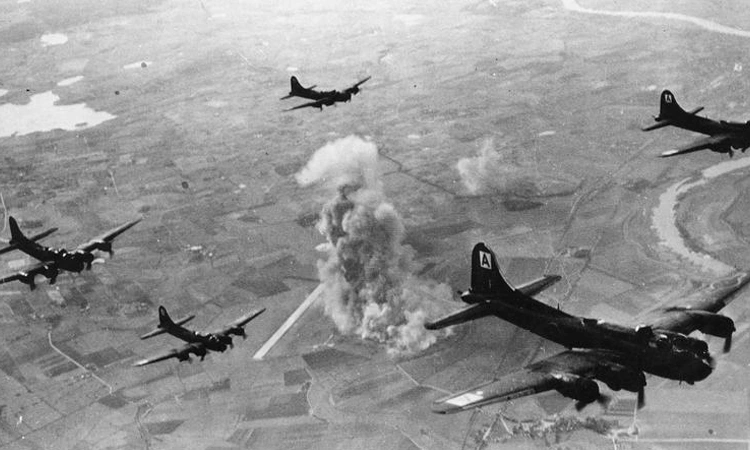
Bombers weren’t just flying hunks of metal raining chaos they were game-changers, straight up. Sure, ground battles and those epic naval throwdowns got the flashy headlines, but let’s be real: air raids packed the knockout punch that finally put the Axis out cold, both in Europe and the Pacific.
D Day and the Bombing of Normandy

Let’s talk D Day and Normandy, because wow, that was wild. Before the Allies stormed the beaches, they basically turned the skies into a demolition derby. The whole idea? Smash German defenses, stir up confusion, and leave the Nazis scratching their heads. B 17 Flying Fortress? Lancaster? Those bad boys lit up the coastline, blasting bunkers and tearing up railway lines so German troops couldn’t even get their boots on before things got ugly. It was surgical chaos if that makes sense.
The Atomic Bomb Hiroshima and Nagasaki
Now, the atomic bombings? Whew. That’s the part of the story where things get dark, fast. The B 29 Superfortress the one with the kind of name you’d give a pro wrestler dropped nukes on Hiroshima and Nagasaki in August ’45. First and only time nukes ever got used in war, which is… honestly, terrifying. The devastation was off the charts, and Japan surrendered just days later. There’s still a ton of debate about whether that was justified (and yeah, it’s heavy stuff), but you can’t argue the impact: bombs ended the fighting, but they also kicked open the door to the nuclear age. Suddenly, the world was a lot scarier.
The End of the War in Europe
In Europe, bombers didn’t exactly take a vacation either. Right up until the bitter end, they were pounding German factories, railways, and cities Berlin, Dresden, you name it. Relentless, day and night. It wasn’t just about breaking stuff; it was about breaking spirits and grinding down the Nazi war machine till it just couldn’t keep up. The combined air-ground strategy was like a one-two punch, setting up the Allies to roll into Berlin and force Germany to tap out in May ’45.
So yeah, bombers went from being just “big planes with bombs” to world-altering forces. They didn’t just win battles they changed the whole damn playbook for war and everything that came after.
Miltrade A Platform for Authentic WWII Artifacts
Let’s be real if you’re hunting for legit WW2 bomber stuff, fakes are everywhere. You want the real deal, not some knockoff someone cooked up in their garage last week. Miltrade where you wanna be. They’ve got the goods: actual uniforms, crew gear, bomber parts the kind of stuff history buffs and collectors drool over. Plus, they’ve got folks who actually know their stuff checking it all out for authenticity. No sketchy surprises, just solid, verified WWII treasures.
Final Thoughts
WW2 bombers man, those things were way more than just hulking metal beasts dropping bombs from the sky. They’re like rolling museums of guts, genius, and pure adrenaline. The whole landscape of war got spun on its head because of them, especially when you throw atomic bombs into the mix. That moment? Game changer. Suddenly, war wasn’t just about who had the bigger army, but who had the brains (and the nerve) to fly these monsters.
Honestly, you can still feel their presence. Museums are stuffed with bomber relics, old flight jackets, even the smell of oil and dust. Books and documentaries can’t get enough of those crews their wild stories, the insane missions, and sometimes the heartbreak that came afterward.
Now, if you’re the kind who collects this stuff, it’s not just about snagging some rusty part or vintage patch. It’s about holding onto a slice of history, remembering the wild risks and raw courage it took to fly those things. Sites like Miltrade.com? Total goldmine. They’re like wormholes straight back to the past, hooking you up with the legends who actually changed the course of everything.
FAQs
Ever wonder what bomber crews used to wear on missions over Europe?
I always thought they just wore a uniform and flew. But nope there was special flight gear, oxygen masks, heated flight suits, even bomber boots. I actually scored a complete B 17 crew rig off Miltrade once, and it’s wild how rugged it is in person.
Why do collectors go nuts over equipment from the B 29 Superfortress?
It just released the atomic bomb. Anything connected to the Enola Gay or similar crews? That’s holy grail stuff. Miltrade inventories sometimes carry parts from late Pacific missions. I once found a tail fin panel with confirmed mission markings.
What makes the Mosquito bomber stand out from the rest?
Other than being wooden? It was absurdly quick and could outrun many fighters. The gear is very hard to find as well. I saw a pilot’s logbook and night raid camera set appear on Miltrade last fall get snapped up in hours.
Do they still have original bomber items for collection?
Tons, but you’ve gotta know where to dig. Stuff shows up in estate auctions, museum clear outs, and yeah, Miltrade. From Norden bombsight parts to flak helmets if it flew, someone wants it.
What’s the big deal about strategic bombing in WW2?
It reinvented war. Bombers were now flying sledgehammers destroying industry, morale, and momentum. And that evolution? You can trace it through artifacts. Burn scarred flight suits, flak-damaged fuselage panels all up for sale on respectable websites like Miltrade.
